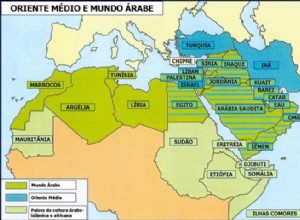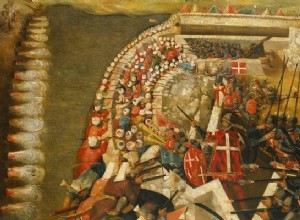We have already explained in another article how was the origin of Swiss neutrality. That proverbial political line of the Swiss country dates back to the perpetual peace treaty signed with France in 1516, which three centuries later expanded making it universal and maintaining it to this day. But i




